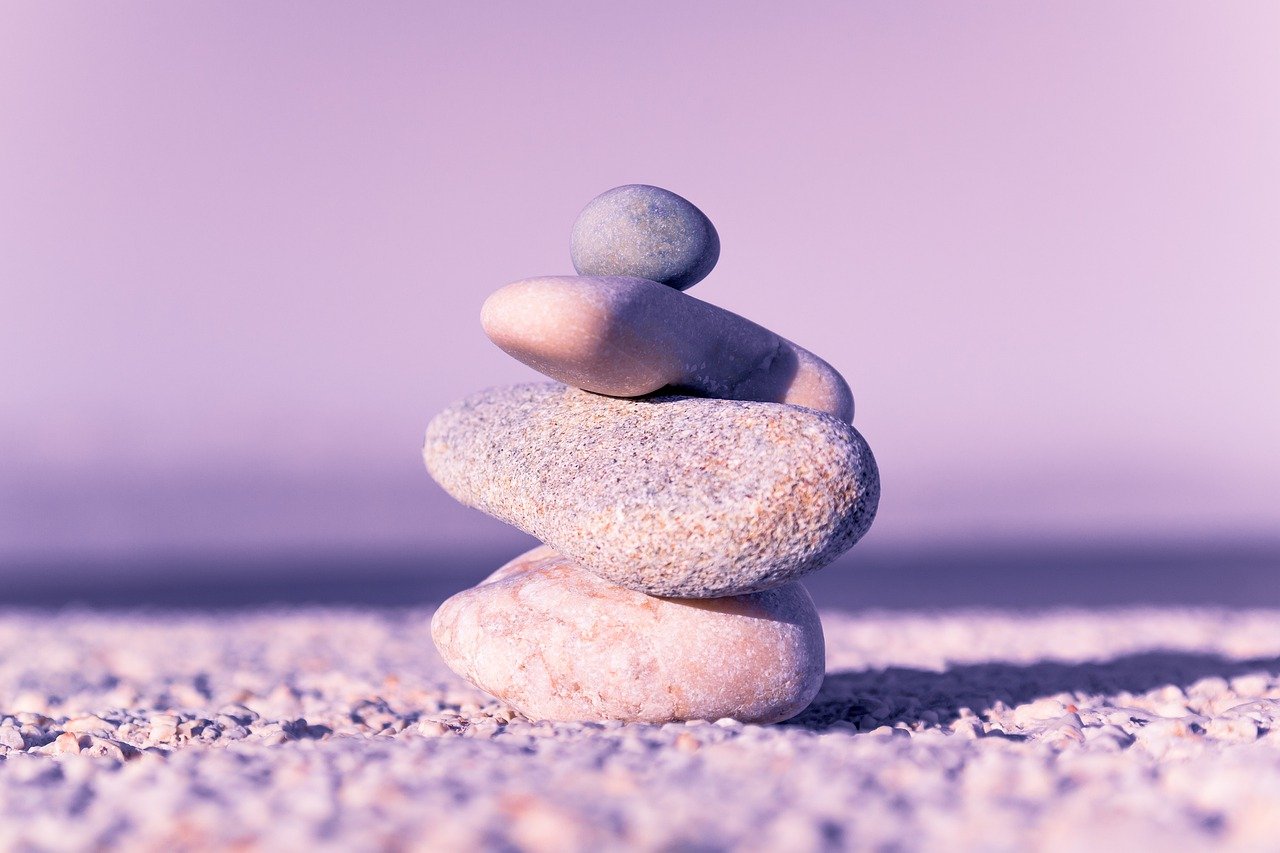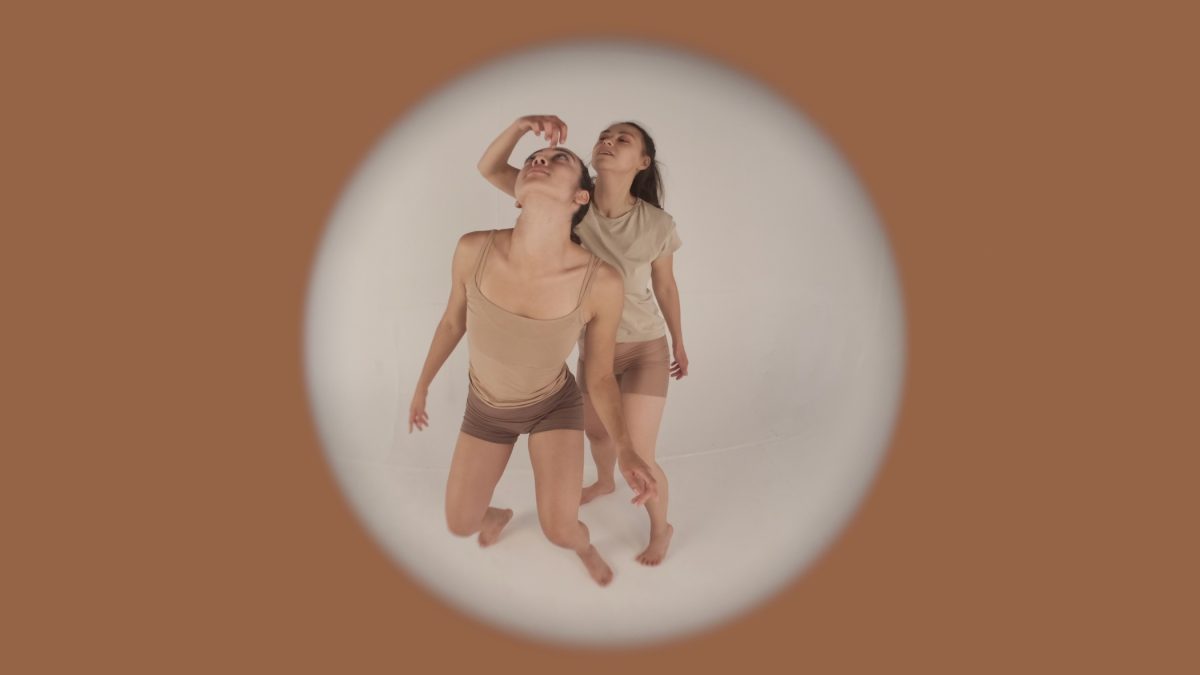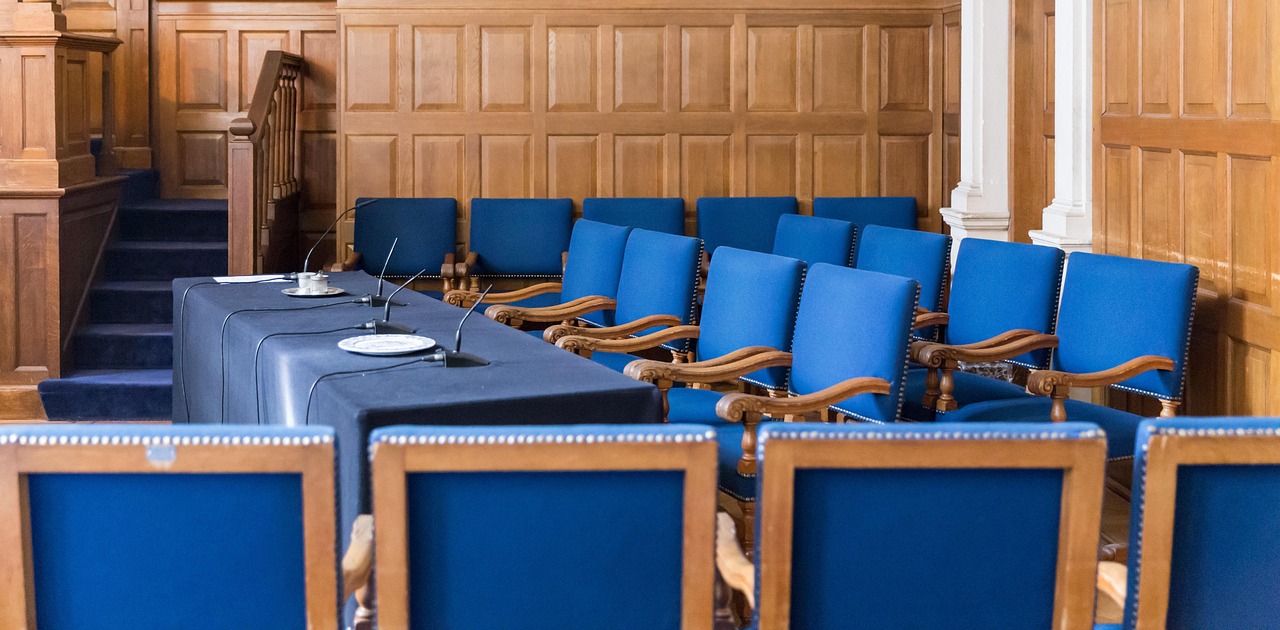Taking time to catch our breath and notice how we’re feeling is such a powerful tool to use when you’re feeling overwhelmed and anxious. This mindfulness article was first shared in October 2020 when we were very much in the thick of Covid.
In it, mindful teacher Amy Polly shares some pearls of wisdom about mindfulness which are just as important now as they were then.
October 2020
Life feels pretty tough at the minute. Ever-changing restrictions on who we can see and where. Juggling working from home with a million other things means parents often feel like they’re running on empty. There’s no time or energy left to catch our breath and have time for ourselves.
I’ve been feeling like this for quite a few months, but haven’t known where to start to get things back on track. I’d read about mindfulness but didn’t think it was for me. I thought it would be too difficult and take too much time.
But it’s something my counsellor said would help to start to get me back on track so I thought I’d give it a try. I’m still very new to it, but I’ve definitely noticed a difference and am keen to learn more.
This article is written by Amy Polly who is a mindfulness teacher, speaker, and author. She is also a podcast host and created the ‘My Mindfulness Journal’ for children.
Here, she shares a bit about what mindfulness is and how it can help parents catch their breath and learn how to live in the moment. The exercise she shares at the end of the article is the first one my counsellor did with me. I was amazed at the difference it made.
Leave a comment and let me know how you found it if you try it.

What is mindfulness?
Mindfulness is a word that is talked about a lot nowadays but is still a little misunderstood. Mindfulness is not just meditation; it’s the level of conscious awareness we bring to our lives. Even more simply… what are we actually doing from moment to moment and is our mind with us, or off somewhere else?
Unfortunately, the modern world has brought us to a time where we are very distracted, with the thoughts in our mind, the phone in our hand, the to-do list that never ends, or anything else that takes our attention away from the here and now.
So, if we swap the word mindfulness for awareness it gives us a bit of a simpler understanding about what it is. And we cannot stop being aware. Try it now. Try not to be aware of the room around you or the chair you are sitting on. You cannot do it.
So the good news is this isn’t something completely new for you to learn! It’s something we already have the ability to do but we’ve lost our good practice.
Meditation is a wonderful and important part of mindfulness but within mindfulness, we also cover so much more. For example, how to deal with our thoughts, feelings, and emotions, how to spot when we’re on autopilot, how to understand how the brain works, and how to take a step back from our reactions. It also teaches us to be in touch with our body and our breath.
These are wonderful anchors for bringing yourself back to the moment, particularly if your mind is very chatty or overwhelmed.
There are many scientific studies on mindfulness. These are starting to show us that we really can change the way that our brain works and functions to benefit us and take back some control. Mindfulness is also steeped in history and can help to deal with such things as stress, depression, anxiety, and burnout.
Mindfulness for parents
As a parent, our emotions can be heightened. We can lose a sense of self and sometimes feel like we’re on a forever running treadmill or hamster wheel, trying to get lots of things done and then feeling guilty when we don’t. Mindfulness is a beautiful tool to teach us why our brain works in the way it does.
It also gives us the tools to be able to process that information, take a step back, give ourselves some compassion, stop judging everything we do, and basically give our mind the space to be able to collect itself.
This can result in a calmer life and mind, less overreacting, and the ability to be in the present moment rather than ruminating on the past or fearing the future.
I have personally found mindfulness to be the thing that has benefited me and my life. It has helped me through such things as miscarriage, post-natal anxiety, and the general stresses and strains of relationships and work and balancing everything.
It was through my own journey and sharing it with my closest friends and family that I realised there were still some misconceptions about mindfulness. That people think that perhaps it’s spiritual or ‘woo woo’ or religious or you have to sit cross-legged, burn incense, and use crystals (I do love my incense and crystals).

Do it your way
However, anyone can do it in a way that suits them. Once you have the basics, it’s up to you how you practice. My eight-week course was written with mums in mind because the journey, whatever that looks like for you, can be difficult. I also want to bring it to the mainstream in a fun, honest, and realistic way.
I still swear and have big emotions sometimes and sometimes get angry or upset. But it’s all about the way we deal with these things that matter, not getting rid of them completely. The ups and downs of life are inevitable and as the lovely ladies have labeled me on my course – I’m not a Zen robot and I don’t want anyone else to think they need to be a Zen robot. But I do want you to know that there is a way to be able to find some calm in your everyday.
There is a way to feel like time is not running away with you. There is a way to deal with your anxiety. To come back to the essence of you and to look after yourself.
Getting Started
A few things to get you started today – when you finish reading this article, maybe for the rest of the day or tomorrow, just notice and note when you’re on autopilot. Notice all of the things you do on autopilot or multitasking. That’s the opposite of mindfulness! That’s when you’re not fully present with anything. You’re taking part in a task, but your mind is literally somewhere else.
You can be brushing your teeth and your mind is back in a meeting from a previous day. Or it’s worrying about something to do with the kids tomorrow.
Just have a go at noticing.
Then, when you want to bring yourself to the moment, if it’s in an everyday task, like a shower or a cuppa or brushing your teeth, just use as many of your senses as possible to anchor you to the task at hand.
And finally, go and find some meditations. YouTube is a good place to start looking. But just try a meditation. You only need to start with three minutes.
You can even start right now.
Close your eyes, take a deep breath, in for three, hold for four, out for five. Just do that and keep counting for a few times. As you start to experience mindfulness, as you start to see how much you are on autopilot, and you see how easy it can be to bring yourself back to the moment, and calm your mind using the breath, using meditation, using your awareness in everyday tasks, the more you will want to carry on!

If you enjoyed reading this article, why not buy me a coffee to help keep the magazine free for everyone to read? If you’d like to read more articles about adoption, parenting health and well-being, and eco-swaps, head over to the home page and have a look at what’s new.



